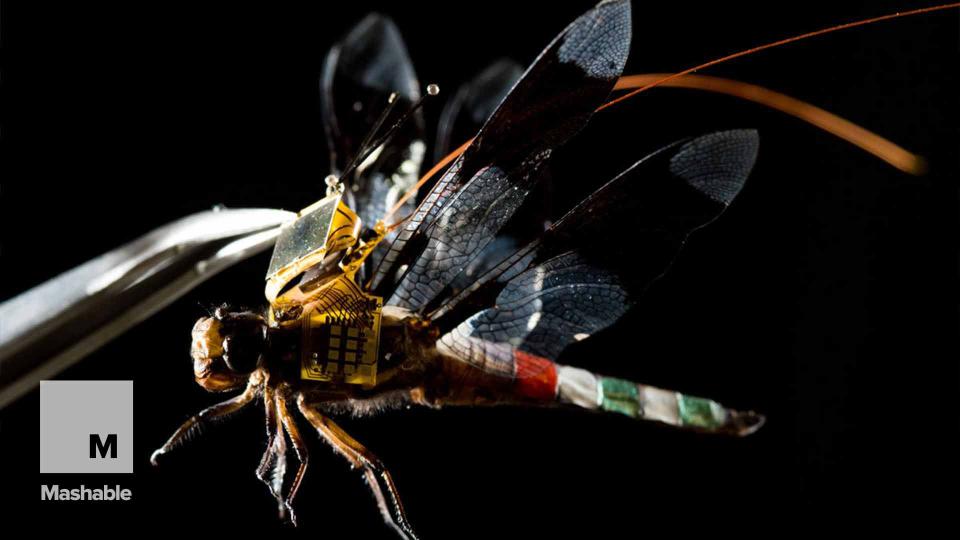Your future organ donor might be a pig, study suggests

Scientists have taken a major step toward enabling pig to human organ transplantation by using a novel gene editing technology known as CRISPR-Cas9.
Researchers at Harvard University and the nearby biotech startup eGenesis used CRISPR-Cas9, a new gene-editing method that replaces unwanted segments of DNA with "desirable" ones, to allow pig embryos to develop without harboring pig viruses that are harmful to humans.
The new research is detailed in a study published in the journal Science on Thursday. In it, the scientists show how they were able to generate 37 designer pigs without active porcine endogenous retroviruses (PERVs) that can be transmitted to humans and are potentially deadly.
SEE ALSO: Breaking Down CRISPR, the Controversial Gene-Editing Tech
The study further increases hope that xenotransplantation — the use of animal organs for human transplant — could one day be used to assist with a shortage of crucial human organs like hearts, livers, and lungs.
"This is the first publication to report on PERV-free pig production," Luhan Yang, co-founder and chief scientific officer at eGenesis, said in a press release.
"This research represents an important advance in addressing safety concerns about cross-species viral transmission," Yang said. "Our team will further engineer the PERV-free pig strain to deliver safe and effective xenotransplantation."
Though the method sounds promising, given its potential to provide organs while eliminating the risk of humans catching potentially deadly animal viruses, there are still many other hurdles facing such transplantation.
Before these kinds of transplants are allowed, other genetic changes may need to be made to pigs, and regulators will require tests using lab primates prior to using genetically engineered organs in humans. Therefore, the first pig to human organ transplantation could still be years away.
“It’s an elegant tour de force of genetic engineering, so my hat is off to them,” A. Joseph Tector, of the University of Alabama, Birmingham, who has also made genetically modified pigs aimed at producing transplantable organs, told Stat News.
“But if you want to move xenotransplantation to the hospital, there are many more things you’ll have to do.”
WATCH: Engineers genetically modified a dragonfly to carry a tiny solar-powered backpack


